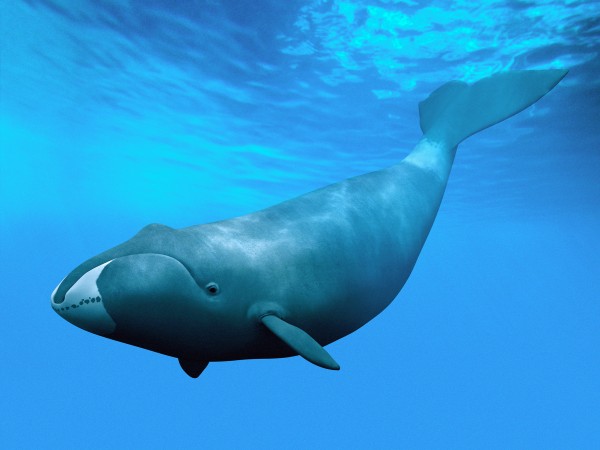Bowhead whales (Balaena mysticetus), denizens of Arctic seas, are known to live more than 200 years, yet they show few signs of the age-related ailments that plague other animals, including humans. Even the bowhead’s closest cetacean relative, the much smaller minke whale, lives only 50 years. That suggests the larger whales (which have more than 1000 times as many cells as humans) have evolved some special natural mechanisms that protect them against cancer and aging. Now, in an effort to uncover the massive cetaceans’ longevity secrets, a team of scientists has mapped the bowhead’s genome. This is the first time that the genome of a large cetacean has been sequenced. The researchers compared the whale’s genome with that of nine mammals, including other cetaceans, cows, rats, and humans, they report online today in Cell Reports. Their comparative analysis uncovered mutations in two genes, one that is thought to confer resistance to cancer and is also linked to aging and DNA repair; the other is involved with DNA repair only. The scientists next intend to insert these genes into laboratory mice to see if they increase their longevity and resistance to disease.
Paper: Insights into the Evolution of Longevity from the Bowhead Whale Genome
Article by Virginia Morell
Source: AAAS


